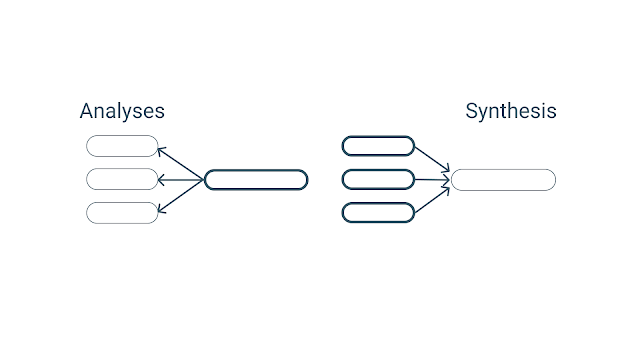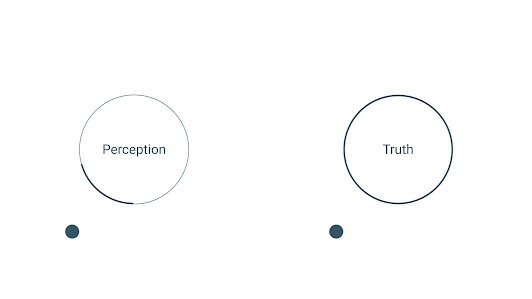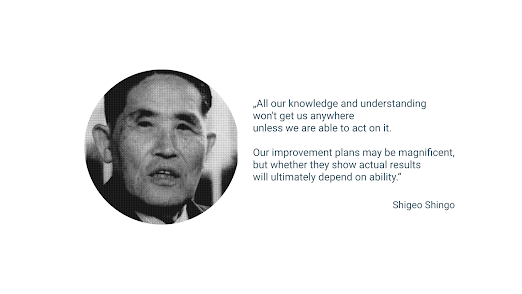L6: Problem Solving concept.
Question 1/2: How do you know you are solving the right problem?
Many managers require people to come with solutions and not with problems. I find it problematic when solving problems in production. People might be solving problems that are not important. Issues that are not crucial now – or not crucial at all.
The first step in problem-solving is to be sure you solve the right problem.
To optimize production efficiency, we need to thoroughly analyze and improve processes before attempting to improve operations. That is the leading principle in deciding whether we have the right problem on the table. The best way to understand whether we deal with the right problem is to know how the current issue impacts the production system.
Synthesis precedes Analysis.Synthesis focuses on the function of a particular process, it reveals why things operate as they do with regards to the production system itself. When discussing the problem, the reasonable question is: How does this situation fit the whole – how does it fit the production system?
You know you are solving the right problem if the problem is related to the flow of product – to the process flow.
Question 2/2: How do you find the solution to the problem?
Problems have solutions. That's what makes them problems. To find the solution, we need to know how the problem behaves.
Finding a solution is a process, not a one-time action.
Finding a solution is a process of analyzing how things work: Plan the action, execute the action, check how the process behaves, and adopt the following step. Repeat until you find the solution.
Many managers require people to come with solutions and not with problems. I find it problematic when solving problems in production. People might be solving problems that are not important. Issues that are not crucial now – or not crucial at all.
The first step in problem-solving is to be sure you solve the right problem.
To optimize production efficiency, we need to thoroughly analyze and improve processes before attempting to improve operations. That is the leading principle in deciding whether we have the right problem on the table. The best way to understand whether we deal with the right problem is to know how the current issue impacts the production system.
Synthesis precedes Analysis.Synthesis focuses on the function of a particular process, it reveals why things operate as they do with regards to the production system itself. When discussing the problem, the reasonable question is: How does this situation fit the whole – how does it fit the production system?
You know you are solving the right problem if the problem is related to the flow of product – to the process flow.
Question 2/2: How do you find the solution to the problem?
Problems have solutions. That's what makes them problems. To find the solution, we need to know how the problem behaves.
Finding a solution is a process, not a one-time action.
Finding a solution is a process of analyzing how things work: Plan the action, execute the action, check how the process behaves, and adopt the following step. Repeat until you find the solution.
Problem-solving is iteration towards the solution.
The problem-solving analysis focuses on the structure, it reveals how things work. Synthesis focuses on function; it tells why things operate as they do. Therefore, analysis yields knowledge; synthesis yields understanding.
The problem-solving analysis focuses on the structure, it reveals how things work. Synthesis focuses on function; it tells why things operate as they do. Therefore, analysis yields knowledge; synthesis yields understanding.
The best approach to solve the problem in production is to do Synthesis before Analyses.
Cheers,
Marek
Cheers,
Marek





Comments
Post a Comment